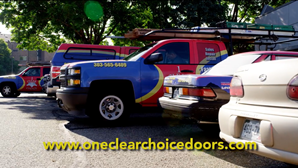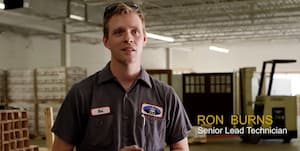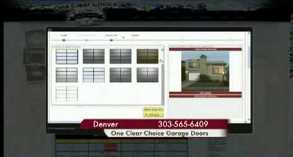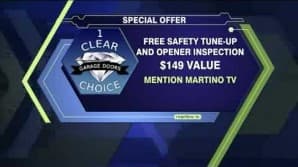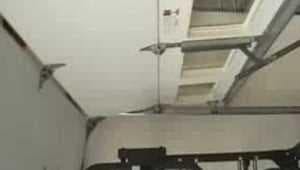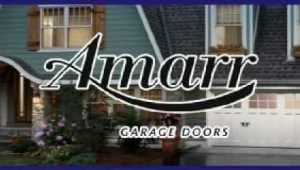Deterioration Signs on Your Garage Door
Like any other movable part of a house, with the passing of time, your garage door ages and can stop functioning as it was originally intended. Fortunately, there are evident signs that help you to determine whether to replace the whole assembly or if it is just a matter of a quick fix or getting new parts. Here, we show you how to interpret your garage door symptoms and how to address the issue.
Replace or Repair?
If you notice bad dents or deep scratches, you should consider a garage door replacement.
If the door hits the floor and reverses to open again, or it reverses before reaching the floor, it might be a closing limit adjustment issue. Locate the “Close Force” adjustment screw on the back of the opener motor and carefully adjust it.
If the door stops either on one side or straight across, or if it runs slowly, replacing some parts usually resolves the issue. Also, a common repair for these symptoms is to reset the switch on the motor casing assembly.
Sometimes, our garage door starts acting heavy, slow, or jammed. To address this problem, you just have to clean the tracks and oil them regularly. If you do this and the problem persists, a realignment may be needed.
It is very easy to neglect your garage door but ignore these signs of deterioration can make it become a hazard to you and your family. For that reason, it is vital to remain aware of its condition and performance over time. Also, by keeping your garage door in pristine condition, you can extend its lifespan and its performance for long, long time.
Don’t wait until it is too late. Whether you need a quick fix or to replace your garage door, One Clear Choice is the number one place to go.
